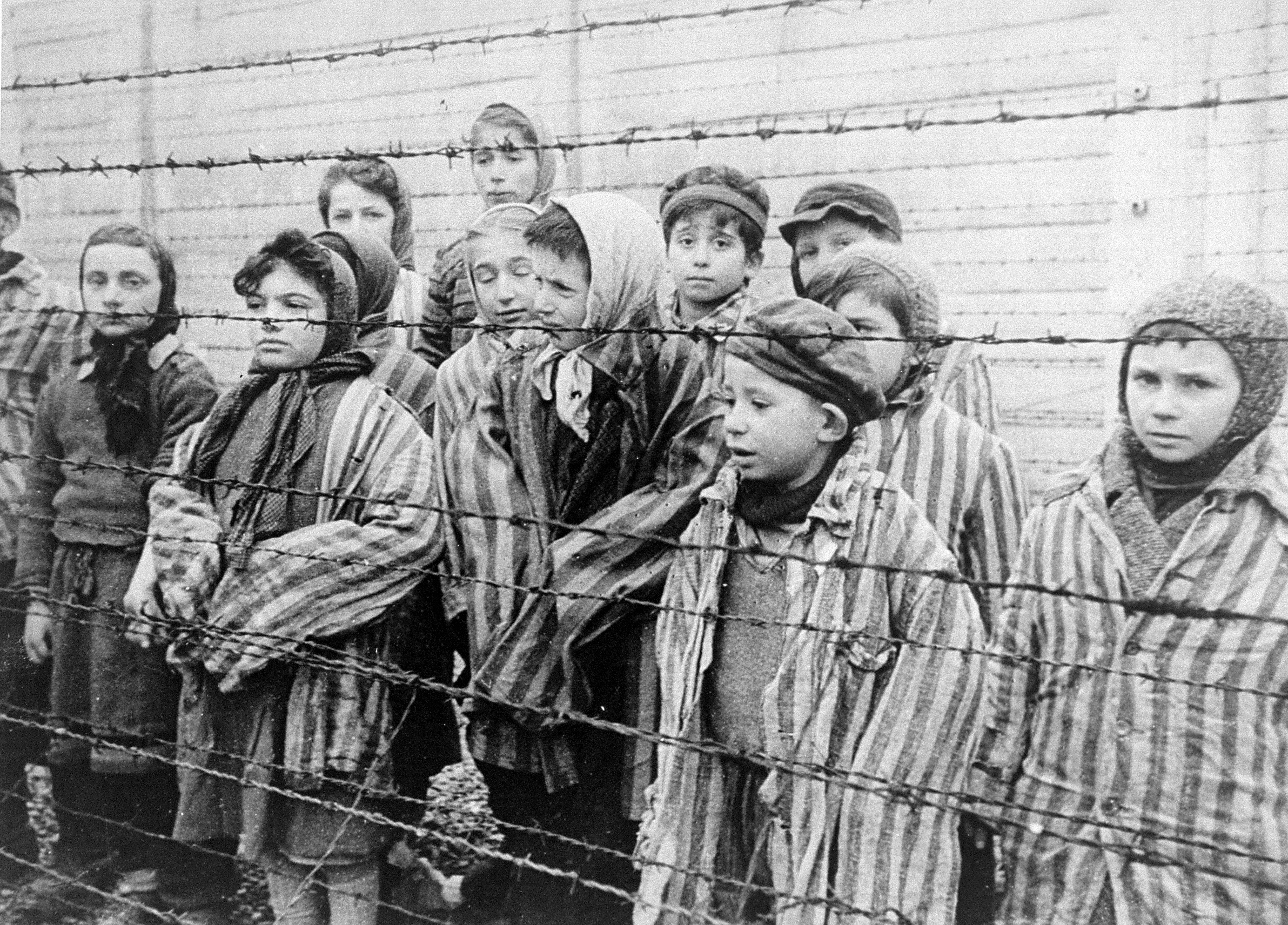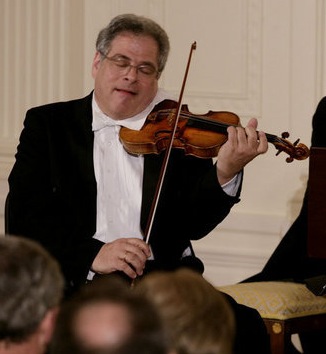Martinmas – A European Feast.
Martinmas is celebrated the night before 11 November by merrymaking and feasting. Since The Middle Ages, roast goose has been on the menu East of The Rhine.
Martin of Tours (
circa 316 A.D. - 397 A.D.) was a soldier in The Roman Army, when he decided to convert to Christianity and afterwards was imprisoned for his refusal to fight. He later became a Monk, founded a Monastery in Gaul, at Marmoutier, and became Bishop of Tours, a career choice he, according to legend, vehemently tried to avoid by hiding in the goose-pen of the Monastery.
However, the geese honked loudly and he was discovered by the people, who carried him in triumph to the Throne in the Cathedral. It is believed that he built the Monastery, after his appointment as Bishop, in order to have a secluded place to withdraw to.
The Feast Day, 11 November, has its own roots in The Eastern Byzantine Church, where the Fast before Christmas, the
Quadragesima Sancti Martini, still measures up to forty days. It begins the day after The Feast Day of Saint Martin. From this, stems its somewhat carnival-esque character, with different Traditions of merrymaking documented from all over Europe; Processions of children carrying lanterns, people eating goose, or other meaty delicacies, or just – as in Portugal – gathering at the fireplace, eating roasted chestnuts and drinking new wine.
Martin Walsh, who has surveyed a huge amount of very diverse source-material, was able to demonstrate that the celebration of Martinmas in England can be documented back to the 14th-Century and was, at that time, accompanied “by conspicuous feasting, supplemented by musical entertainment”.

In England, and elsewhere, the Tradition was to have blood-puddings and freshly-roasted meat stemming from the slaughter of what cattle and other animals had to be culled in November. At the same time, it was “Settling Day”, when servants might leave in order to take up new employments. At the same time, peasants paid their dues to their lords and the Tithe to their Church; often partly paid in birds, like hens, ducks and geese, the Tradition grew to eat these birds roasted at the end of Autumn and beginning of Winter.
However, roast goose at Martinmas does not seem to have been quite so ubiquitous in an Early-English setting or French context.
European Traditions
Quite the opposite is the case in Continental Europe, where the same elements of The Feast may be found – processions, merrymaking, reckoning, settling. Here, however, the goose was definitely on the table very early on, as is witnessed by some very charming “Martin-Ballads” composed by an otherwise unknown Monk, who lived at the Court of the Archbishop of Salzburg, 1365 -1396.

The Martin Ballads
The Monk composed two secular ballads. The first one -
Martein lieber Herre - is a vernacular translation of a Latin Hymn asking the Saint to present the company with roast goose and new wine. Another poem – Wolauf, lieben gessellen unuerczait – has more the character of being a subversive form of Eucharistic Liturgy, complete with a Chorus and a Tenor singing intermittently. The poem consists of seventy lines, divided into four verses, and the Text for the Tenor.
The song starts with an invitation to form a company, where social differences are laid aside, in order to create a sympathetic society. However, the joy is decidedly coupled with the introduction of (lots) of wine into the company. To this, is later added dishes of beans, apples and roast goose. The job of the Tenor is to invite the Saint –“Lord Martin” – to this joyful occasion as "King of the Merriments" – and to deliver all the goodies; wine and delicacies. It is obvious the Text was meant to be performed among a group of (celibate) men, being able to appreciate the definite Eucharistic connotations of the Text.

The following Text is from Wikipedia - the free encyclopaedia,
unless otherwise stated.
Saint Martin's Day, also known as The Feast of Saint Martin, Martinstag or Martinmas, The Feast of Saint Martin of Tours, or Martin le Miséricordieux, is Celebrated on 11 November each year. This is the time when Autumn wheat seeding was completed, and the annual slaughter of fattened cattle produced "Martinmas Beef". Historically, Hiring Fairs were held, where farm laborers would seek new jobs.
Saint Martin of Tours started out as a Roman soldier, then was Baptised as an adult and became a Monk. It is understood that he was a kind man who led a quiet and simple life. The best-known legend of his "Life" is that he once cut his cloak in half to share with a beggar during a snowstorm, to save the beggar from dying from the cold. That night, he dreamed that Jesus was wearing the half-cloak. Martin heard Jesus say to the Angels: "Here is Martin, the Roman soldier who is not Baptised. He has clothed me."
English: Saint Martin's Day (Martinmas) Procession,
Germany.
Deutsch: Sankt Martinszug.
Erwachsene und Kinder mit Laternen beim St.-Martins-Umzug.
St. Martin auf dem Pferd.
Date: 1949.
Photographer: Lachmann, Hans.
Sammlung Hans Lachmann (Bild 194).
Attribution: Bundesarchiv, Bild 194-0273-45 / Lachmann, Hans / CC-BY-SA 3.0.
(Wikimedia Commons)
The following Text is from The Saint Andrew Daily Missal.
Saint Martin.
Bishop and Confessor.
Feast Day 11 November.
Double.
White Vestments.
on Saint Martin's Day in The Netherlands.
Nederland: Sunte-Marten/Sint-Maarten/St. Martins' Day (NL).
This File: 4 November 2006.
(Wikimedia Commons)
In the first three Centuries, the Saints were mostly Martyrs. Saint Martin is the first Bishop and Confessor honoured by The Church in The West. As Durand de Mende remarks, The Liturgy gives him a Rank equal to The Apostles, for he was the principal Apostle of Gaul.
His Feast Day was everywhere of obligation. Taking place often during "Saint Martin's Summer", that is at the end of Autumn, it rivalled in importance and popular rejoicings The Feast of Saint John. It had an Octave, like the Feast of Saint Laurence, for Saint Martin, "Priest of Priests" (Response at Matins), occupied among Confessors the Rank of Saint Laurence among Martyrs.
Saint Martin, born at Savaria, in Pannonia, came to Gaul as a soldier. While still a Catechumen, he one day, near Amiens, gave part of his cloak to a poor man who asked him for alms in the name of Christ. During the following night, Jesus appeared to him clothed in this half of his cloak and said to him: "Martin, a simple Catechumen, covered Me with this garment."
Abbey of Marmoutiers, France.
Founded by Saint Martin of Tours.
At the age of eighteen, he was Baptised, and, having become a Disciple of Saint Hilary, Bishop of Poitiers, he built, two leagues from the Episcopal City, in the desert of Ligugé, a Monastery, whither he retired with a few Disciples. He thus was the Founder of Monastic Life in Gaul.
But God would not allow this Light to remain hidden under the bushel (Gospel). Saint Martin had to leave his solitude and was made Bishop of Tours (Introit, Epistle, Gradual). He then Founded the famous Abbey of Marmoutiers, or Martin's Monastery, where he often retired. There, he had around him eighty Monks who imitated the Lives of The Hermits of Thebaid.
He lived more than eighty years, devoting himself to The Glory of God and The Salvation of Souls. He died at Candes, near Tours, France, in 397 A.D. His tomb became famous through many Miracles, and attracted crowds from all parts of the Country.
Saint Gregory, Bishop of Tours in the 6th-Century, does not hesitate to call The Holy Worker of Miracles the special Patron of the whole World. Few Saints have been so popular, In France, alone, there are about 4,000 Parish Churches Dedicated to Saint Martin and 485 Market-Towns or Villages that still bear his name.
Rome has a Church of Saint Sylvester and Saint Martin, where The Station is held on The Thursday of The Fourth Week in Lent. Saint Martin's Cope used to be borne at the head of the Army in Times of War and, on it, were sworn Solemn Oaths in Times of Peace.
Mass: Státuit ei Dóminus.
Commemoration of Saint Mennas.












